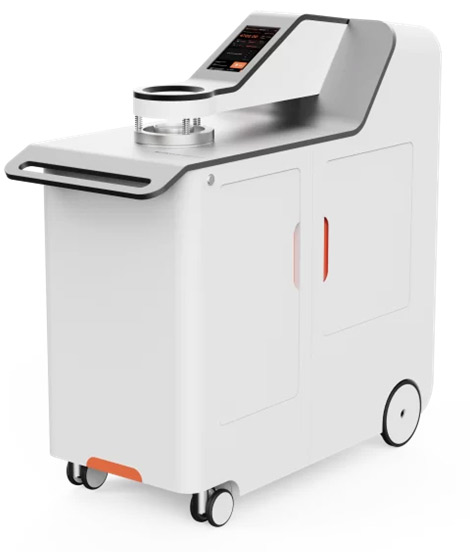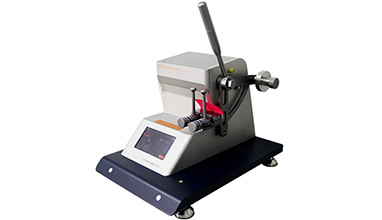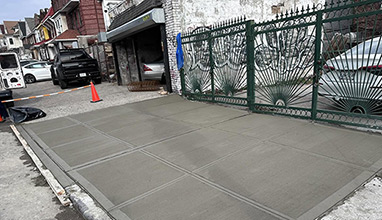Textile Air Permeability Device: The Ultimate Guide to Digital Air Permeability Meters for Fabric Testing
Introduction to Air Permeability Testing in Textiles
Air permeability is a critical property of fabrics that determines their breathability, comfort, and functionality. Whether for sportswear, medical textiles, or industrial applications, measuring air permeability ensures that materials meet performance standards. A Textile Air Permeability Device, also known as a Breathability Tester for Fabrics, is an essential instrument in textile laboratories.
In modern testing, Digital Air Permeability Meters have revolutionized the process by offering precise, automated measurements. This article explores the importance of air permeability testing, how these devices work, their applications, and key considerations when selecting the right equipment.

What Is a Textile Air Permeability Device?
A Textile Air Permeability Device measures how easily air passes through a fabric. This property is crucial for applications such as:
Sportswear & Activewear – Ensures moisture-wicking and ventilation.
Medical Textiles – Determines breathability for surgical gowns and masks.
Protective Clothing – Evaluates comfort in firefighter suits and military gear.
Automotive & Aerospace Textiles – Assesses airflow in seat covers and cabin materials.
A Breathability Tester for Fabrics quantifies air permeability in standardized units, typically cm³/cm²/s (cubic centimeters per square centimeter per second) or L/m²/s (liters per square meter per second).
How Does a Digital Air Permeability Meter Work?
A Digital Air Permeability Meter automates the testing process, ensuring higher accuracy and repeatability compared to manual methods. Here’s how it functions:
Sample Preparation – A fabric sample is clamped securely in the testing area.
Airflow Generation – The device generates a controlled airflow through the fabric.
Pressure Differential Measurement – Sensors measure the pressure difference between the two sides of the fabric.
Data Calculation – The system calculates air permeability based on airflow rate and pressure drop.
Digital Display & Export – Results are displayed digitally and can be exported for analysis.
Advanced models include features like:
Touchscreen interfaces
Automated test cycles
Compliance with ISO 9237, ASTM D737, and other standards
Data logging and connectivity (USB/Bluetooth)
Key Applications of Air Permeability Testing
1. Apparel & Fashion Industry
Breathable fabrics enhance comfort in everyday clothing, athletic wear, and outdoor gear. A Breathability Tester for Fabrics ensures optimal ventilation properties.
2. Medical & Hygiene Products
Surgical masks, drapes, and wound dressings require controlled air permeability to balance protection and comfort.
3. Technical & Industrial Textiles
Geotextiles – Used in construction, these materials need specific airflow properties.
Filtration Fabrics – Air permeability affects filtration efficiency.
Automotive Interiors – Seat covers and cabin materials must allow proper air circulation.
4. Military & Protective Clothing
Fire-resistant suits, chemical protection gear, and military uniforms must balance breathability with safety.
Advantages of Using a Digital Air Permeability Meter
Compared to traditional manual testers, a Digital Air Permeability Meter offers:
✅ Higher Accuracy – Eliminates human error in readings.
✅ Faster Testing – Automated processes reduce testing time.
✅ Standard Compliance – Meets ISO, ASTM, AATCC, and other global standards.
✅ User-Friendly Operation – Intuitive software guides users through testing.
✅ Data Management – Stores and exports results for quality control reports.
How to Choose the Right Textile Air Permeability Device
When selecting a Breathability Tester for Fabrics, consider:
1. Testing Standards Compliance
Ensure the device meets:
ISO 9237 (Textiles — Determination of permeability of fabrics to air)
ASTM D737 (Standard Test Method for Air Permeability of Textile Fabrics)
AATCC 36 (Air Permeability of Textiles)
2. Measurement Range & Precision
Low-permeability fabrics (e.g., coated textiles) require high-precision sensors.
High-permeability fabrics (e.g., mesh) need a broader measurement range.
3. Automation & Software Features
Touchscreen controls
Pre-programmed test methods
Data export (Excel, PDF)
4. Build Quality & Durability
A robust Digital Air Permeability Meter should withstand frequent lab use.
After-Sales Support
Look for manufacturers offering
Calibration services
Technical support
Training resources
Leading Brands & Models of Digital Air Permeability Meters
Several manufacturers produce high-quality Textile Air Permeability Devices, including:
SDL Atlas – M021A Air Permeability Tester (ISO 9237, ASTM D737 compliant)
James Heal – AirPro Permeability Tester (User-friendly, digital interface)
Textest – FX 3300 Air Permeability Tester (High precision, automated testing)
Thwing-Albert – Air Permeability Tester (Versatile for multiple fabric types)
Conclusion: Why Invest in a Digital Air Permeability Meter?
A Textile Air Permeability Device is indispensable for textile manufacturers, quality control labs, and research institutions. By upgrading to a Digital Air Permeability Meter, businesses benefit from:
✔ Consistent, accurate test results
✔ Time and cost efficiency
✔ Compliance with international standards
✔ Improved product development & quality assurance
Whether for sportswear, Recent Developments in medical textiles, or industrial fabrics, investing in a high-quality Breathability Tester for Fabrics ensures optimal performance and customer satisfaction.
The evolution of Digital Air Permeability Meters has made types of fabric testing more efficient than ever. By choosing the right device, textile professionals can enhance product quality, meet regulatory requirements, and innovate with confidence.
For more information on selecting the best Textile Air Permeability Device, consult industry experts or request a demo from leading manufacturers today!
For more information on textile testing methods/standards or textile testing machines, contact:
What's App: +86 180 2511 4082
Tel: +86 769 2329 4842
Fax: +86 769 2329 4860
Email: sales@tes.hk
Hits: 844 | Leave a comment
Tags:fabric testing, textiles


















